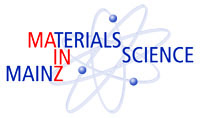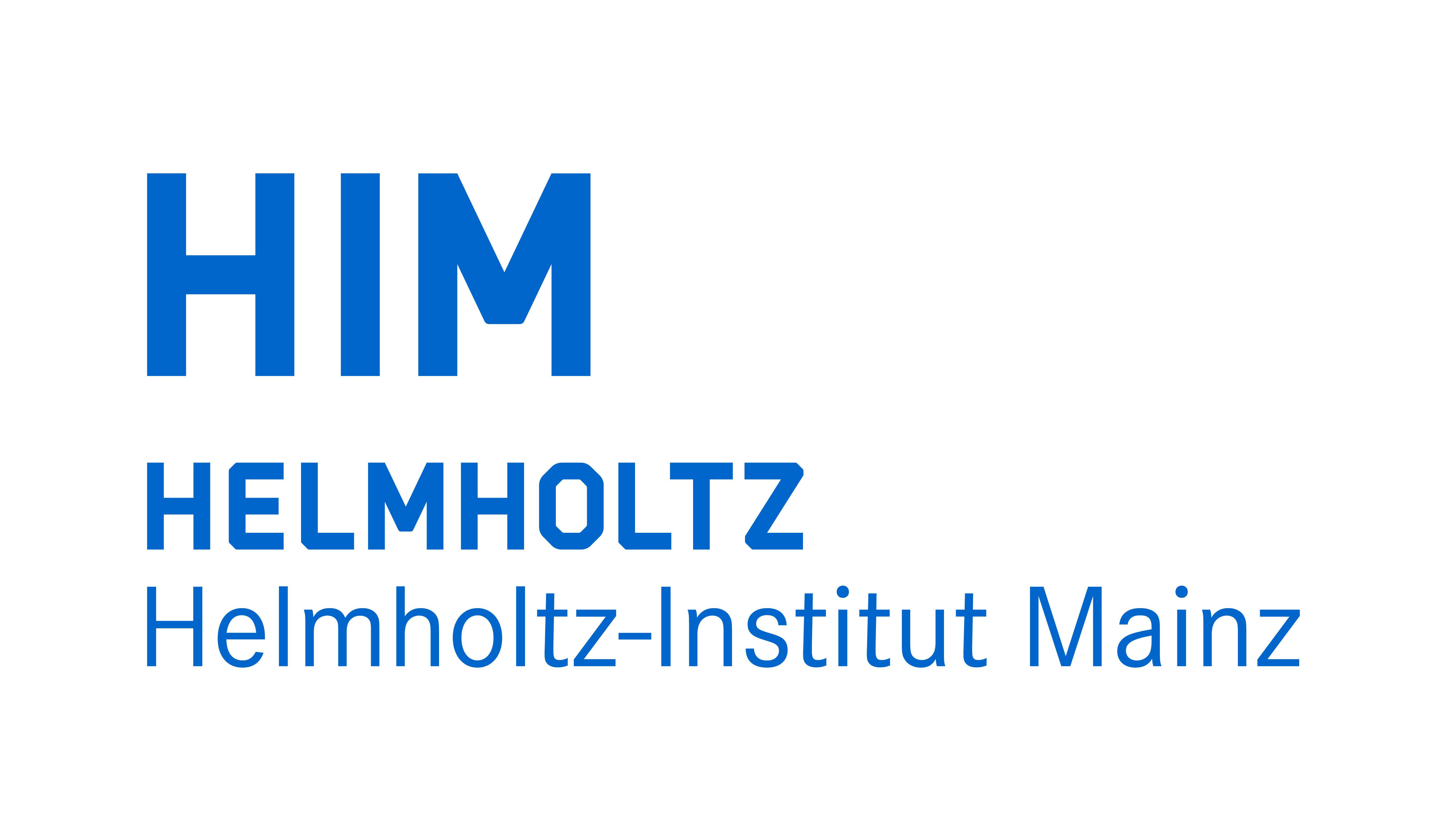


Physikalisches Kolloquium
April 26, 2022 at
4:15 p.m.
in
HS KPH
Prof. Dr. Friederike Schmid
Institut für Physik
friederike.schmid@uni-mainz.de
Prof. Dr. Hartmut Wittig
Institut für Kernphysik
hartmut.wittig@uni-mainz.de
Applying Heavy-Ion Storage Rings for Precision Experiments at the Intersection of Atomic, Nuclear and Astro-Physics
Yuri Litvinov (GSI Darmstadt)
The storage of freshly produced radioactive particles in a storage ring is a straightforward way to achieve the most efficient use of the rare species as it allows for using the same secondary ion multiple times. Employing storage rings for precision physics experiments with highly-charged ions (HCI) at the intersection of atomic, nuclear, plasma and astrophysics is a rapidly developing field of research.
The number of physics cases is enormous. The focus here will be on the most recent highlight results achieved within FAIR-Phase 0 research program at the ESR. First, the measurement of the bound-state beta decay of fully-ionized 205Tl was proposed about 35 years ago and was finally accomplished in 2020. Here, the ESR is presently the only instrument enabling precision studies of decays of HCIs. Such decays reflect atom-nucleus interactions and are relevant for atomic physics and nuclear structure as well as for nucleosynthesis in stellar objects. Second, the efficient deceleration of beams to low energies enabled studies of proton-induced reactions in the vicinity of the Gamow window of the p-process nucleosynthesis. After proof-of-principle studies on stable 124Xe ions, proton capture reaction on short-lived 118Te was successfully measured in the ESR. Here, the well-known atomic charge exchange cross-sections are used to constrain poorly known nuclear reaction rates.
The performed experiments will be put in the context of the present research programs at GSI/FAIR and in a broader, worldwide context, where, thanks to fascinating results obtained at the presently operating storage rings, a number of new exciting projects is planned.